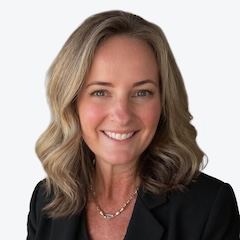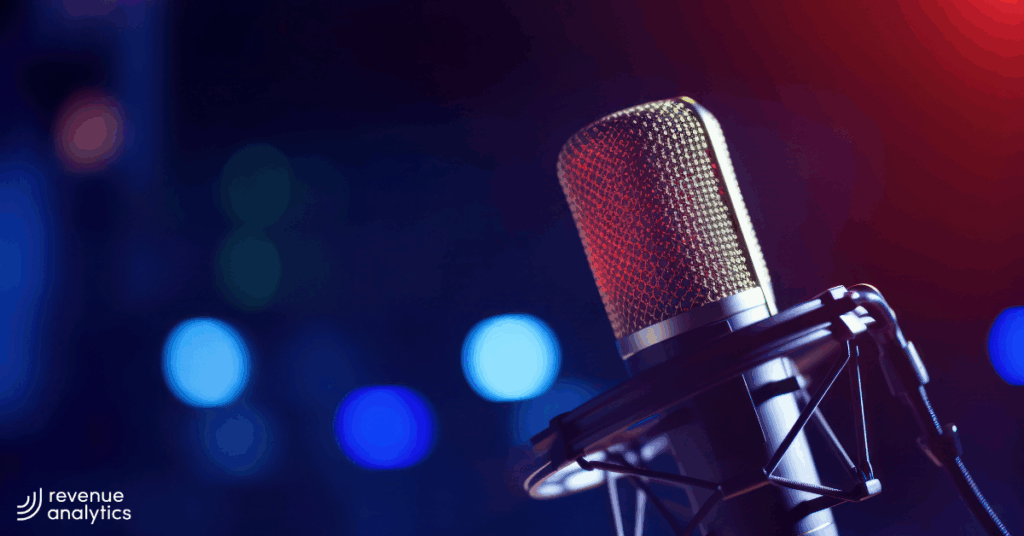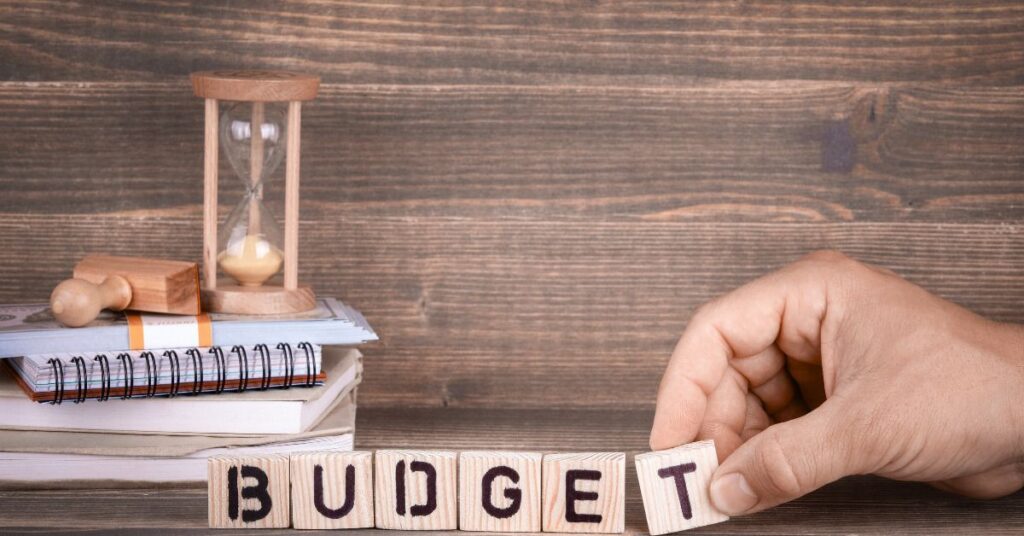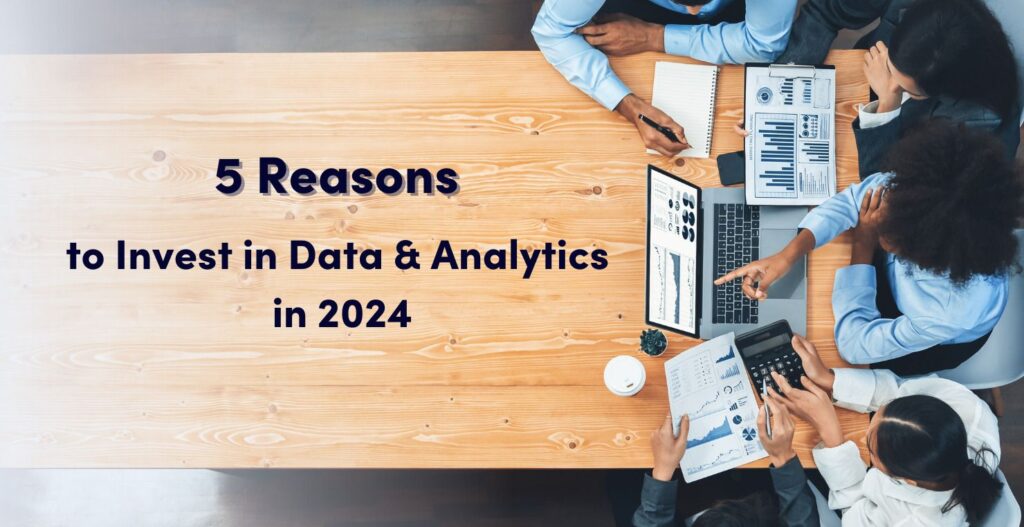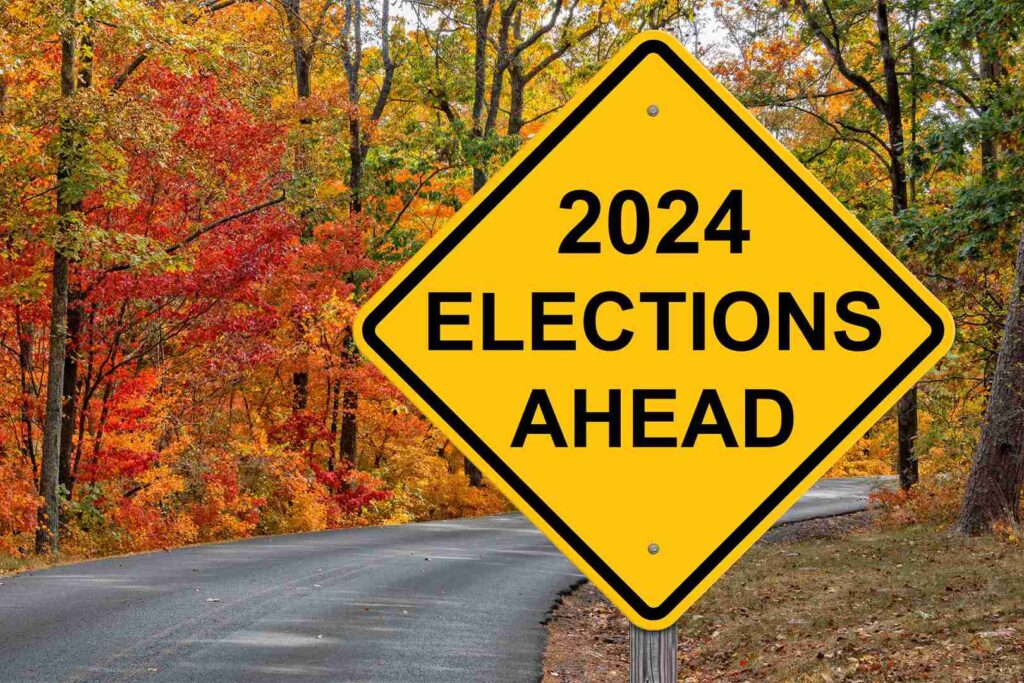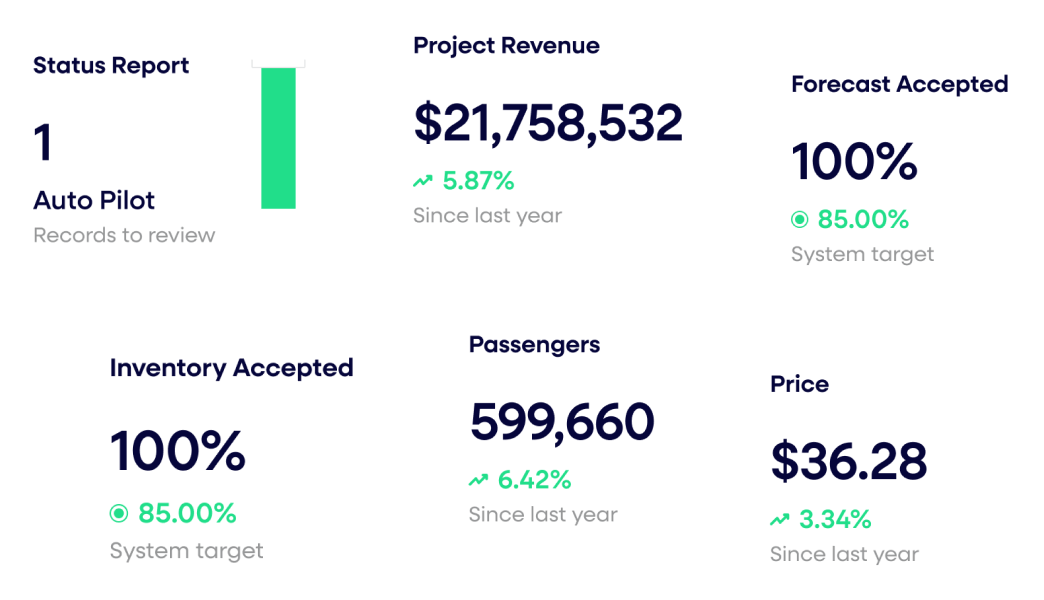The 2020 Radio Show: Top 4 Takeaways

Is this radio’s greatest opportunity?
“We were hit devastatingly hard and devastatingly quickly. We were down north of 80% the first month of the pandemic.” Jeff Warsaw, CEO of Connoisseur Media illustrated his business’s struggle in gory detail during ‘Pillsbury’s Broadcast Finance 2020’ session.
There is no denying COVID’s impact on radio revenue, but the vibe at NAB’s 2020 virtual Radio Show was shockingly optimistic.
See why leading media groups ditch spreadsheets for intelligent pricing that wins.
Yes, ratings are on the rise as traffic and lifestyle patterns have started to return to normal.
But the optimism stemmed more from a feeling that with great disruption comes great opportunity.
And in fact, savvy radio broadcasters are pivoting, as David Field, Entercom CEO said, to become “vibrant, dynamic, and growing organizations on the other side” by capitalizing on radio’s unique strengths in this moment.
Here are the top 4 takeaways for why radio’s greatest opportunity could be happening in the midst of a global crisis.
1: Ear Candy
“The colonization of the eyes is over. Now it’s the colonization of the ears.” Rishad Tobaccowala, author and futurist, has famously used this profound insight in recent years to emphasize just how bright the future is for audio.
And this year, as the Radio Show’s keynote speaker, he argued that the truth of this statement is now undeniable. According to Tobaccowala, we have only but to look at the world around us to see more people than ever before navigating their lives, and the current “new normal,” with headphones in their ears.
Bob Pittman, iHeartMedia CEO, echoed this sentiment during the CEO Townhall. But he explained that audio is not only growing in popularity, it has another unique advantage: consumers are less distracted and more engaged with audio than other media like TV.
“The vast majority of people that are watching television are doing another electronic media activity at the same time – they’ve run out of time for their eyes and are sharing them now.”
Audio consumers are often multi-tasking as well: “They’re cooking, they’re driving, they’re walking, they’re at the gym.” However, they are not often on multiple devices when consuming radio or podcasts. They turn audio on, and become truly absorbed with the content, while going about their daily lives.
This deeper level engagement means one thing: audio advertising delivers higher quality impressions and therefore bigger impact on consumers – that is something advertisers need to take into consideration.
2: Get by with a Little Help from Our Friends
Radio, specifically, is continuing to see a greater recovery each and every month. Why? One big reason is that radio provides companionship.
During his Backstage session, Tobaccowala outlined three ways we meet our needs to learn and grow: through interaction with people, by way of outside experiences, and via interaction with the media.
And, he said, for a huge chunk of 2020, our ability to interact with people and have outside experiences came to a screeching halt, which necessarily changed our reliance on media enormously.
Pittman added that, during the pandemic, streaming music services on digital devices dipped while radio listening on digital devices increased because people are actually craving companionship over escape right now. “Radio is not about escaping the world, it’s about keeping someone company, giving them the information they need to get through the day, enjoy their life, and feel comfortable.”
Because radio provides such good companionship, it has another special power that advertisers love. Mary Berner, president and CEO of Cumulus Media put it best during the CEO Townhall when she said that radio’s unique ability to connect with listeners provides advertisers “the opportunity to build an emotional connection with their message and that’s the precise thing needed to build a brand.”
3: Think Local, Execute Global
One theme every speaker focused on was the power of localization.
Bob Pittman noted that national advertisers who previously advertised with a single message, now need the flexibility to have different messages by market, as cities are responding in different ways to the COVID crisis.
“Suddenly local is the thing and because we own the markets we are in, we are able to mix and match to meet the needs of advertisers, and that plays to our strengths.”
During his one-on-one interview, Byron Allen, CEO of Allen Media Group, said that he feels so strongly about the power of local media that he has invested $500M in purchasing local TV stations in the last 18 months and stated that he is working on investing another $10B in the local broadcast space.
Connoisseur’s Jeff Warsaw noted that this local connection is not just good for the media business, it’s good for the entire ecosystem of a local community.
As an example, Connoisseur Media invested thousands of dollars in local restaurant gift cards, to give away to their audience – as way to help both their consumers and local business clients during such unprecedented times. Jeff said, “We thought that was the right thing to do and we hope our clients remember, that they recognize how much we do, and how vital we are. We stepped up to show our clients and listeners that they matter to us.”
Ginny Morris, CEO of Hubbard Radio, echoed the sentiment of Jeff’s anecdote when she noted that there’s very little opportunity for this type of maneuvering on national business, “We’re really doubling down on developing local business so that we are less reliant on things we can’t control.”
4: Big, Cheap, and Effective
Radio Show attendees were reminded that radio continues to be one of the most efficient mediums, reaching 91% of American consumers weekly, a larger wingspan than any other media platform.
Along with reach, radio’s other characteristic strengths – cost-effectiveness in particular—have made it very well-suited for advertisers who need to be laser-focused on doing more with less during this down economy.
Cumulus’s Mary Berner noted, “The core strength of what we do not only remains rock solid, but because of the challenged economy our marketers have become more focused on efficiency, scale, impact, and flexibility.” Based on radio’s unique ability to meet those needs, “we are better positioned now than we ever have been. We’re big, we’re cheap, and we work.”
Bob Pittman agreed and went on to say: “Consumers love us and we deliver for advertisers. We don’t have the problem of television where ad supported usage is down or the problem of newspapers where people have stopped reading. We have the good stuff, now we just have to figure out a way to sell it better”.
Selling it Better
Radio sales organizations are already adept at selling the strengths of radio—it’s ability to hold attention, facilitate emotional connections, deliver cost-effective impact, and reach local communities— while being flexible enough to cater to the special needs of advertisers during these uncertain times.
Having spent 16 years in radio sales, I understand all too well the big challenges that radio AEs face.
To Pittman’s point, in “selling it better,” a focus on better process is what is sorely needed.
Overwhelmed with administrivia, salespeople often have no choice but to spend more time in front of a computer (screen time) than strategizing with clients and prospects (sales time). And revenue suffers.
While some inefficiency used to be tolerable, the new economy has made it unsustainable and radio broadcasters are being forced to shed time-intensive, manual processes or face real jeopardy.
RateOptics™ was built for just that reason – to eliminate the time that ad sales teams spend on manual pricing tasks: updating rate cards, tracking LURs, pulling advertiser historical data from Traffic, comparing multiple sets of data to create deal-specific pricing for clients, and so on.
You can schedule your demo of RateOptics today.
By automating this busywork, your sales team can put their time where it counts: becoming a valued resource to each advertiser and owning the upswing on the other side of this pandemic.
And as David Field said during the CEO Townhall, radio organizations “have to focus on how they want to come out of this. Where do you want to be on the other side?”
Last updated on August 20, 2025

